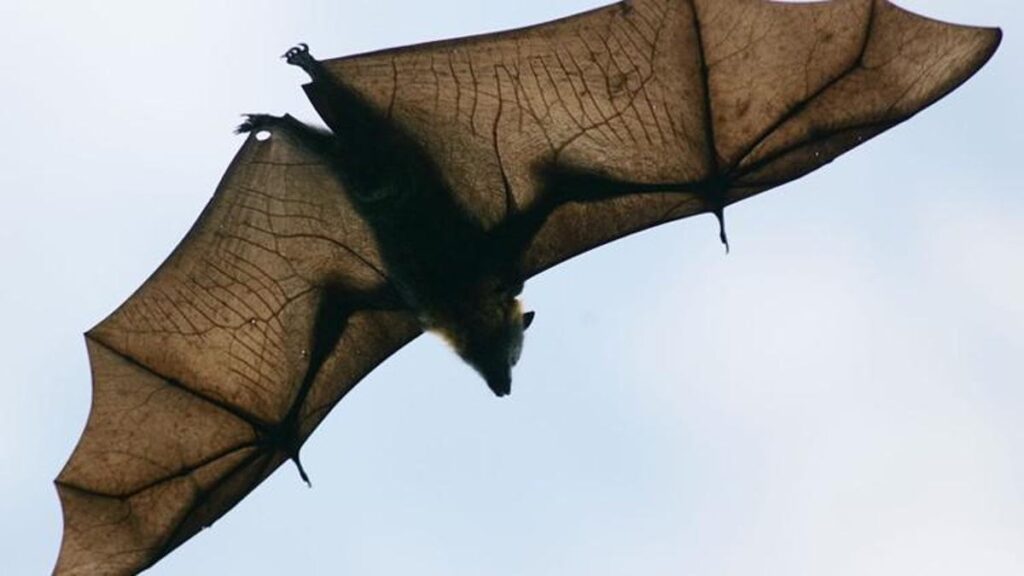Does that animal have rabies? Here are signs and symptoms to look for
Rabies is an infectious disease that affects the central nervous system in mammals.
The Republic
Health officials in Louisville are warning residents to be cautious after a bat in the St. Matthews area tested positive for rabies.
Here’s what we know about it.
Louisville Louisville health officials urge caution after rabies-positive bat found in St. Matthews
Louisville bats test positive for rabies
The Louisville Metro Department of Public Health and Wellness confirmed a bat found outside a home in the 40207 ZIP code tested positive for rabies. The disease is most commonly found in bats and skunks in the commonwealth, and at least 18 bats have tested positive for rabies in Jefferson County since 2019, according to health department data.
Rabies vaccines are required in Kentucky by law for dogs, cats and ferrets by four months of age, according to the Legislative Research Commission. The U.S. Centers for Disease Control and Prevention recommend that vaccinated animals exposed to rabies should receive an immediate booster and be kept under close supervision for 45 days.
Animals never vaccinated against rabies should be euthanized. If the owner declines, the animal needs an immediate vaccination and go through a four to six-month quarantine period.
According to the CDC, rabies infections are almost always fatal. If a pet or livestock is bitten by a rabid animal, the owner should immediately call a veterinarian, who is legally obligated to report it to the proper health authorities.
The American Kennel Club says vaccinated animals bitten by an animal with rabies should be isolated and the bite wounds should be disinfected. A veterinarian should immediately be contacted for a booster vaccine.
“This helps to strengthen the dog’s immunity to rabies and reduces the chances of the virus developing. Do not wait for symptoms, as it will be too late,” Small Door’s Head of Veterinary Medicine Jamie Richardson said.
Once symptoms develop, the animal will likely have to be euthanized.
Symptoms of rabies in animals include increased or decreased appetite, restlessness or fearfulness, large pupils, hypersensitivity to light or sound, vomiting, diarrhea and excessive saliva, according to the DC Health and Wellness Center. Behavioral changes like being overly affectionate or aggressive are also common and rabies typically develops three to eight weeks after being exposed.
Eleanor McCrary contributed to this report. Marina Johnson is a breaking and trending news reporter at The Courier Journal. She can be reached at Marina.Johnson@courier-journal.com.


